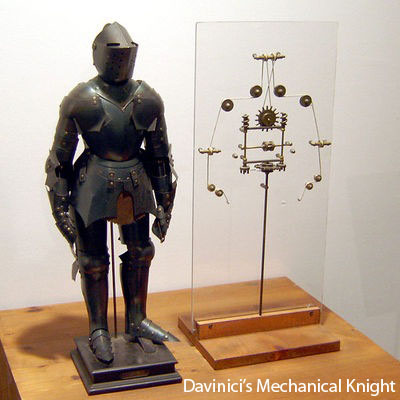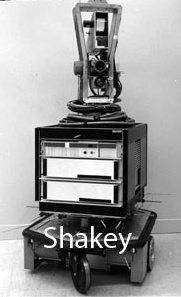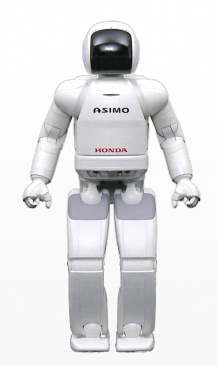Return to MODULE PAGE
ROBOTS: In the Beginning
Jeremy Gottlieb: Author
David Leech Anderson: Author
Robots are machines that supplement or enhance human activities. They can do this in a number of ways:
I. The Pre-History of Robots
People have been fascinated with "artificial beings" for thousands of years.
"artificial beings" for thousands of years.
- The ancient Hebrews wrote about a person made out of dirt and clay called a golem. The golem was created to help with menial labor.
- The ancient Greek god Hephaestus was believed to build himself mechanical assistants out of gold.
- Around 400 B.C.E., the Greek mathematician Archytas of Tarentum built a mechanical bird to try and better understand how birds fly.
- Around 1495, Leonardo DaVinci publishes designs for a mechanical knight. Over the next 400 years, several toy automata are built, largely for the entertainment of royalty.
- The word "robot" is first used in 1921 by Czech playwrite Karel Capek in his play R.U.R. (Rossum's Universal Robots). The play involves a factory that builds artificial people to be servants for humans.
- In 1926, Metropolis becomes the first movie to portray a humanoid robot on screen.
- In 1927, Westinghouse builds the Televox robot
II. Early Robots
 In the 20th century, the digital computer is invented.Researchers quicklystart referring to the computer as an "electronic brain" and start thinking about ways to build robots with computer brains.
In the 20th century, the digital computer is invented.Researchers quicklystart referring to the computer as an "electronic brain" and start thinking about ways to build robots with computer brains.
The first modern programmable robot was the Unimate. General Motors installed the first robot to work in a factory in 1961 to move pieces of hot metal. Unimate was an autonomous, pre-programmed robot that repeatedly performed the same dangerous task.
In 1966, Shakey the Robot is invented at Stanford. Shakey was the first autonmous, intelligent robot that made its own decisions about how to behave. Shakey could be given general instructions, such as "move the block onto the table" and it would reason how to perform the task. This would involve looking around the room, identifying the block and the table, and then figuring out how to get the block to the table, including navigating around any obstacles in the room. In 2004 Shakey was inducted into Carenegie Mellon's Robot Hall of Fam.
III. The Robot Explosion
As computers have gotten more powerful, robotics research has taken off in a number of different directions:
- Researchers in artificial inteligence have made significant advances in the science of creating intelligent autonomous machines. These machines have been improvements on Shakey that can reason about a wider range of tasks; vehicles that can drive, sail, or fly on their own; or robots that model how animals, from insects to dogs, behave.
- Others have focused more on creating artificial limbs that can move and act like human limbs. Some of these have been constructed in conjunction with neuroscientists to create prosthetics that can respond to human neural impulses.
- Still others have focused on trying to build humanoid robots. The earliest of these robots, such as Honda's ASIMO, are clearly mechanical beings built to mimic the basic form of human beings. More recent attempts like Eva have tried to mimic human facial expressions.
Over the rest of this curriculum we will be exploring in more detail how these various robots are constructed and programmed.




